Before about 2000, upgrading a factory-installed car audio system was pretty easy. You could start with a new set of speakers and a subwoofer and have something quite enjoyable. In the last few decades, automakers, or more specifically, the companies that supply their audio system components, have learned how to maximize the performance of the inexpensive speakers they use. While this makes the audio systems sound better, the same processes they use can result in a speaker upgrade making your stereo system sound awful. We look at why this happens and how a professional installer can work around it.
Sound Quality = Smooth Frequency Response
Shopping for new speakers can be challenging. Listening to the same music at the same volume level on different options is nearly impossible. High-quality speakers all have one thing in common: flat frequency response. You don’t want to be listening to Lorde or Billie Eilish and have their voices sound hissy and harsh rather than smooth and natural. When voices sound like real voices, a key reason is a smooth frequency response.
Here’s an example of the importance of frequency response. Imagine you have two identical vehicles. One has a set of absolutely top-of-the-line component speakers installed in the doors. A high-quality amplifier provides power to the speakers, and an equally high-quality radio serves as the system audio source. A second identical vehicle has the same amp and radio but uses moderately priced speakers and includes a carefully calibrated digital signal processor between the radio and the amp. Aside from the potential improvement in the accuracy of the soundstage and how the system images, the digital signal processor offers equalization that compensates for reflections and resonances in the vehicle to deliver fairly smooth frequency response. The system with the DSP will sound more realistic and will be more enjoyable.
The companies like Harman, Bose, Panasonic and Sony that provide speakers, amplifiers and radios to car manufacturers understand the importance of smooth frequency response. This factor is key to their ability to deliver good sound with low- to medium-quality speakers. One tactic they use to provide a good listening experience is installing small midrange speakers – instead of a tweeter – on the dash, in the A-pillars or at the top of the door. The equalizer in the radio or amplifier is then adjusted so that these small speakers deliver good high-frequency performance. One of the first times we ran across this was in the second-generation Dodge Intrepid and its sister vehicles. The amplifier in those vehicles had surprisingly impressive processing capabilities, even for its late-’90s vintage. This audio system design technique is now popular in many makes and models of vehicles.
If you’re curious why they use a small midrange rather than just a tweeter, check out this article.
When Speaker Upgrades Go Awry
Here’s a scenario we hear of quite often: A client buys a set of coaxial speakers and installs them in the dash of their pickup truck. The speakers are connected to the factory-installed amplifier. In theory, this should be a nice upgrade, right? The new speakers have far too much high-frequency output because the signal from the factory amp has been equalized for a speaker without a tweeter. The result is a system that sounds overly sibilant. If you’re lucky, you might be able to tame the screechiness by turning down the treble control on the radio. In most cases, though, the result still isn’t ideal.
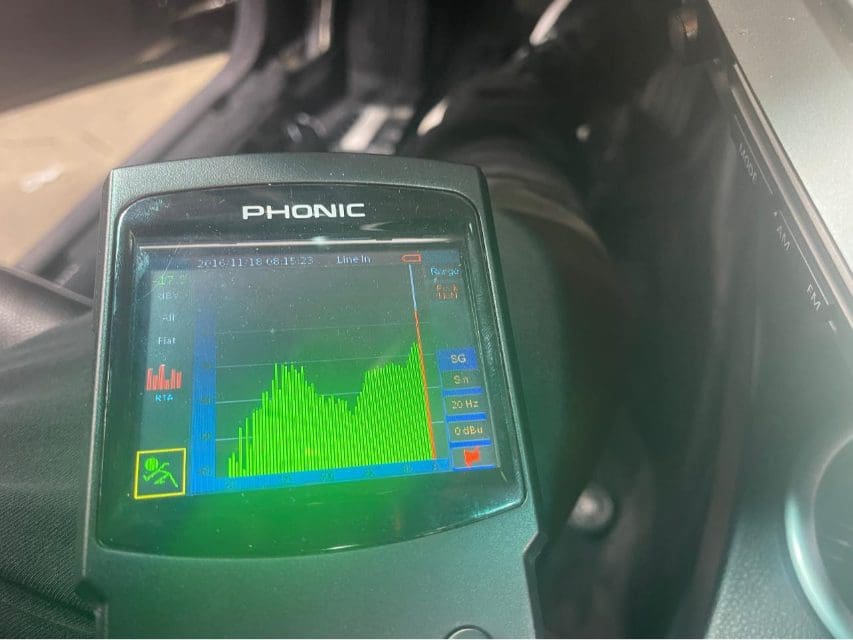
Almost 10 dB of high-frequency boost from a BMW sedan. Image: Milton Benavides, Speed of Sound Technologies, Milford, Connecticut.
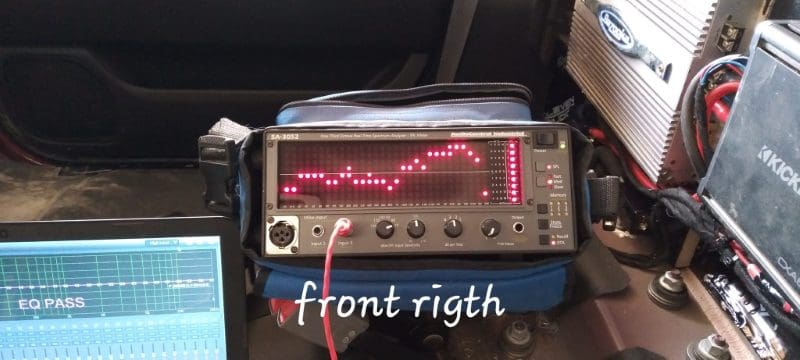
Almost 12 dB of boost in a Chevy pickup truck. Image: Felipe Tabarez, Autoelectronica, Jesus Maria, Mexico.
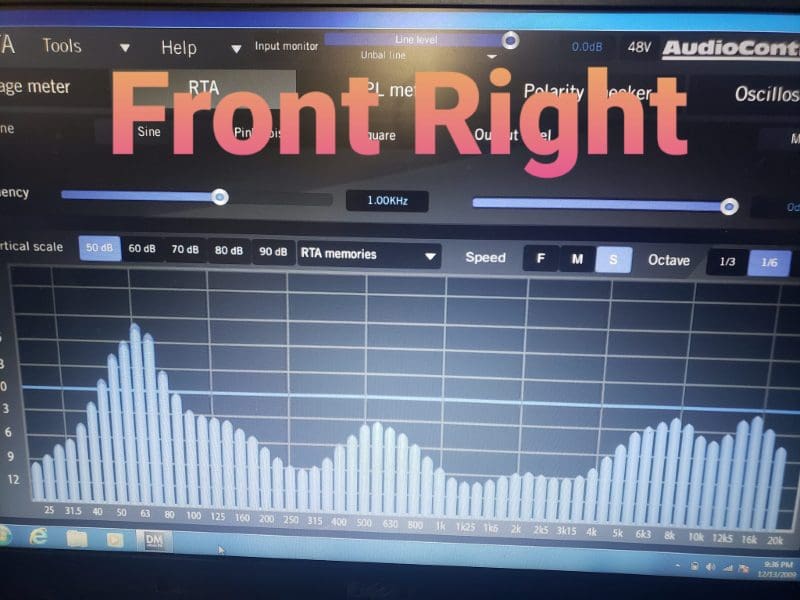
Roughly 9 dB of high-frequency boost from a Chevy SUV. Image: Seth Ranney, Progressive Audio, Medford, Oregon.
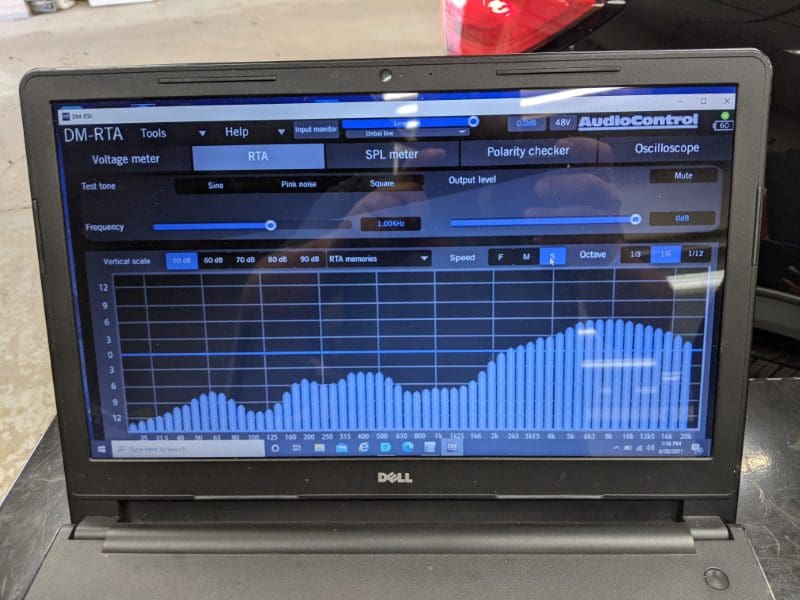
More than 12 dB of boost in a Ford SUV. Image: Christopher Kaufmann, Daryll’s Car Audio, Buffalo, New York.
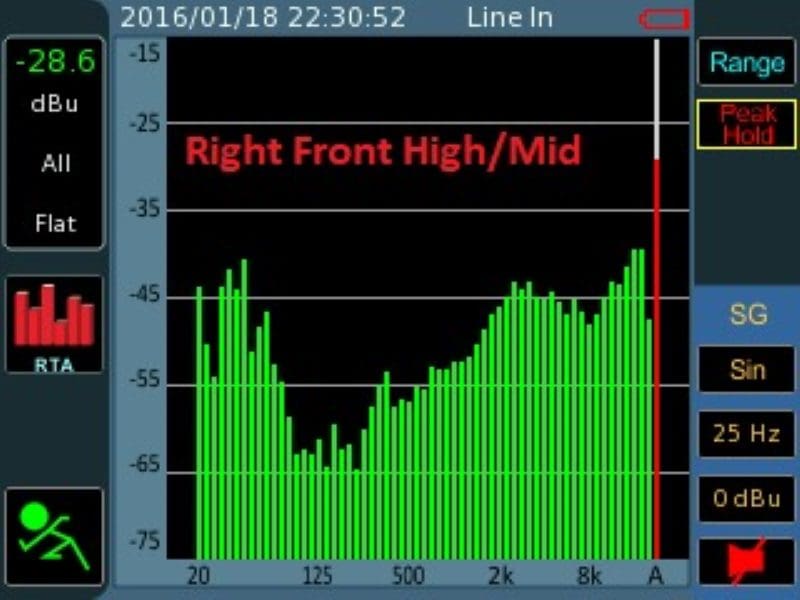
Extensive high-frequency boost found in an Audi coupe. Image: Fraser Hiebert, NextGen Automotive Installation, Saskatoon, Saskatchewan.
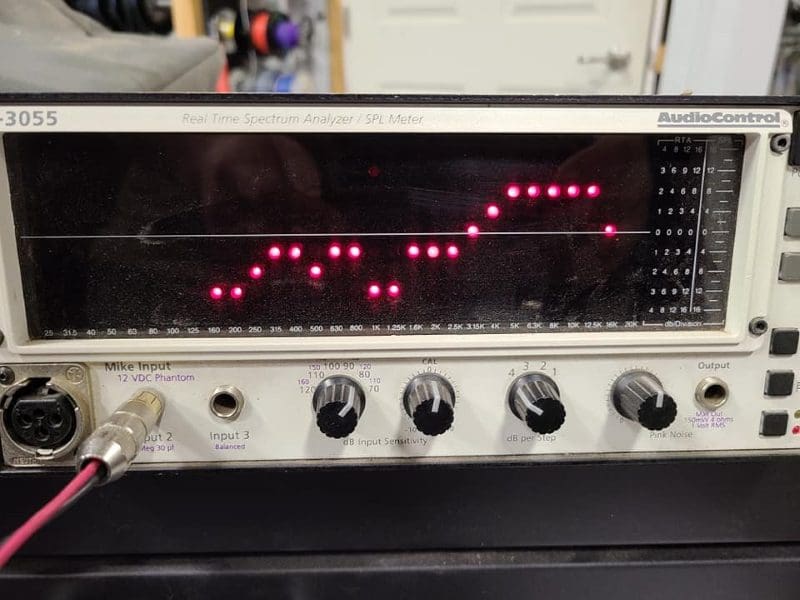
High-frequency boost in a Ram pickup truck. Image: Bentley Barchard, Audio Crew, Moncton, New Brunswick.
As you can see from the above measurements, the boosted high-frequency phenomenon is far from isolated. These professionals have the tools and training required to measure the frequency response of the signals coming from the radio or amplifier so they can design an upgrade solution that will sound good.
How To Deal with Boosted High-Frequency Response
So, if you want to upgrade your car audio system, what do you do? First, visit a local specialty mobile enhancement retailer that can make these frequency response measurements. Once they confirm whether your audio system has this high-frequency boost, they can suggest a speaker solution that will offer the performance you want.
If there’s a lot of equalization in the signal, the next step will be to select an amplifier with a built-in digital signal processor or a separate amplifier and DSP. Modifying the signal’s frequency response to the speakers is the only way to ensure that they sound correct.
The DSP will help tame much more than aggressive high-frequency output. The equalization process will resolve inconsistencies in the midrange frequencies, unruly resonance in the midbass and peaky response from a subwoofer. The output of each speaker in the system can be adjusted for amplitude and arrival time so that the system will recreate an accurate soundstage with good imaging.
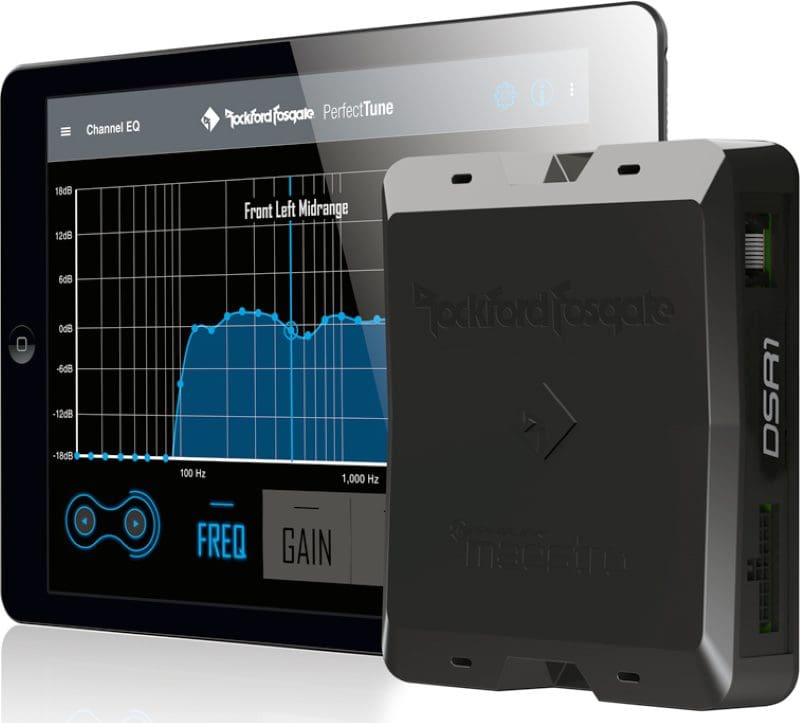
The Rockford Fosgate DSR1 DSP has eight outputs with all the tools required to make your car’s audio system sound amazing.
There are a few vehicle platforms where an experienced technician can adjust the equalization presets in the factory audio system. This is a reasonable in-between solution. It could reduce the high-frequency boost but won’t result in audio system performance that matches the inclusion of a properly adjusted DSP.
Another option is to replace the factory-installed radio and amplifier with an aftermarket solution. This upgrade will eliminate any high-frequency boost, but you will have a system with performances similar to the situation we discussed.
However, if you choose a radio like the Sony XAV-9000ES or XAV-9500ES with its built-in eight-band parametric equalizer, your installer can fine-tune the system for the new speakers. There may be other radios with dedicated equalizers for each output channel. However, an EQ that affects all the speakers in the system won’t yield the same results.
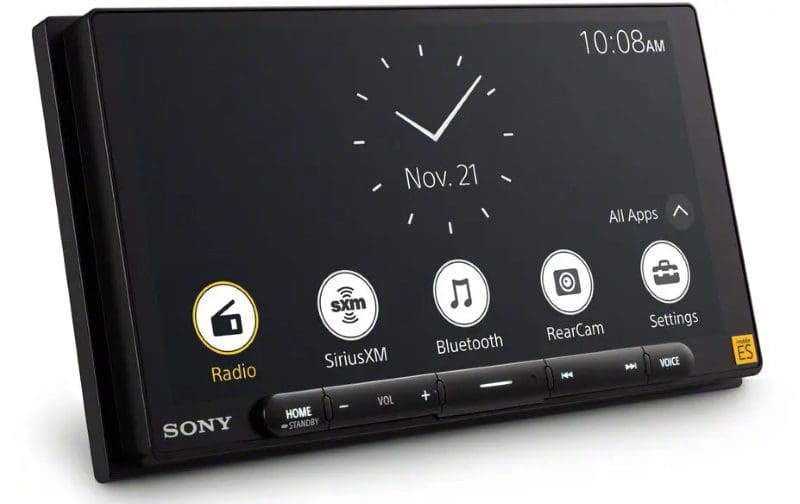
The Sony XAV-9000ES and XAV-9500ES radios have an eight-band dedicated parametric equalizer on each output channel.
Choose an Expert to Help Upgrade Your Car Audio System
One last tidbit of information before we send you off: The technician working on your vehicle will need to test the speaker outputs for the presence of all-pass filters before deciding whether to apply time correction to the new system. Without this information, you may have uneven midrange performance and a severe lack of midbass.
As you can see, upgrading a modern car audio system isn’t all that easy. And not all car audio shops around the country have kept up with the technologies vehicle manufacturers are using to optimize the audio solutions they deliver. If you want your car stereo to sound better, do your research to find a shop with the tools, training and products to deliver on your goals. Finding that shop might take some time and legwork, but if you want your car audio speaker upgrade to sound great, it’s time well spent.
This article is written and produced by the team at www.BestCarAudio.com. Reproduction or use of any kind is prohibited without the express written permission of 1sixty8 media.
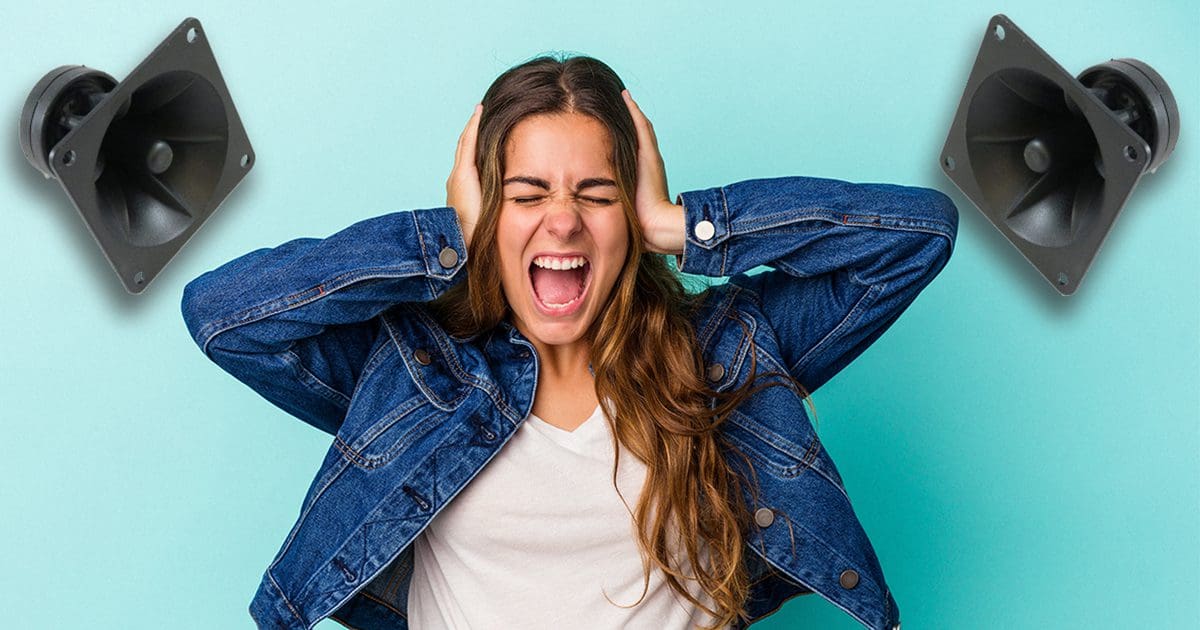
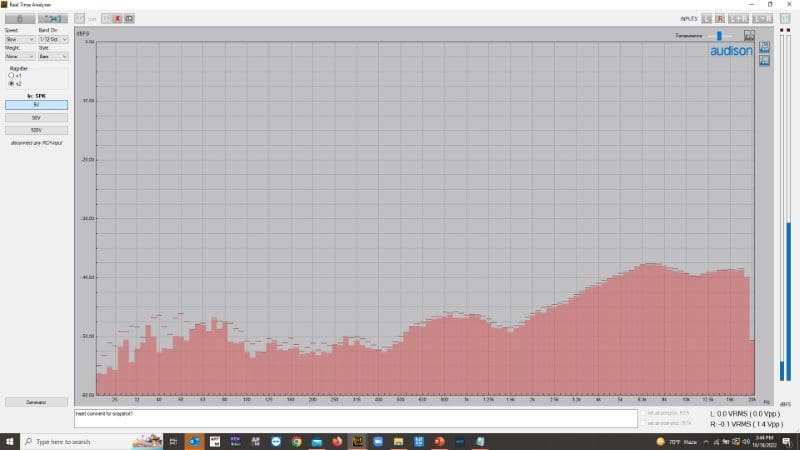
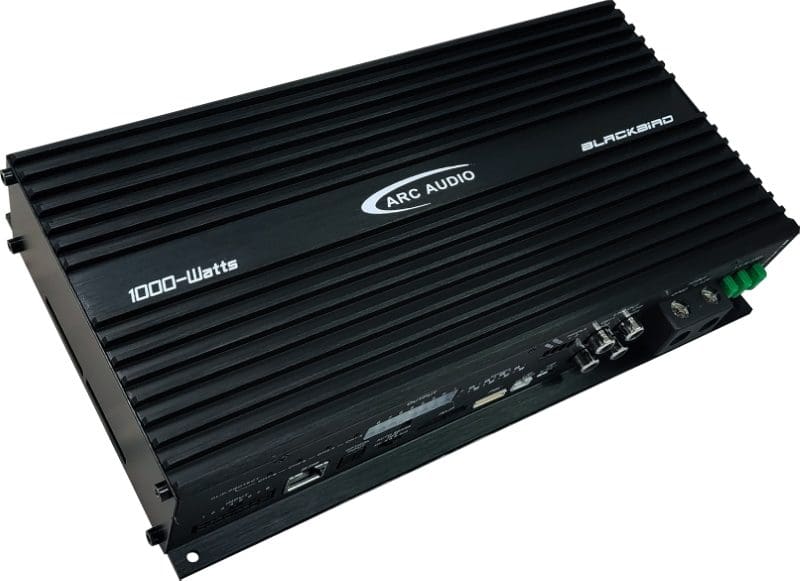
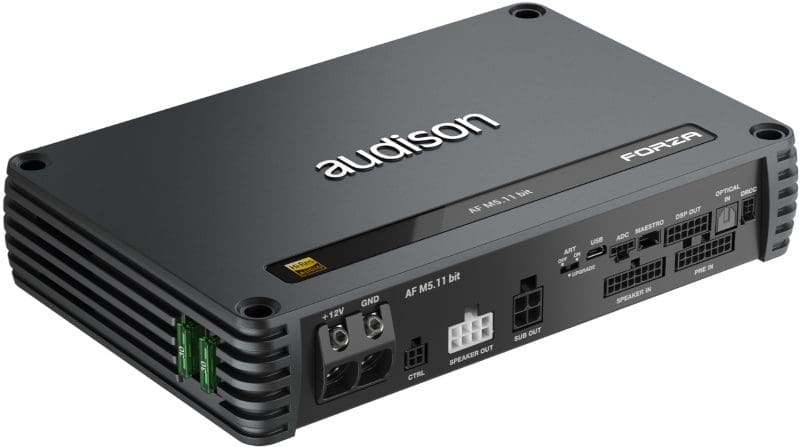
Leave a Reply